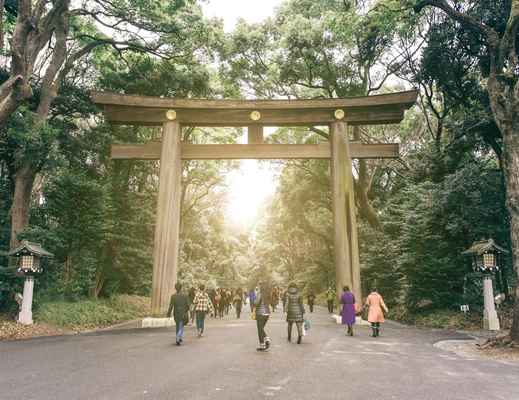
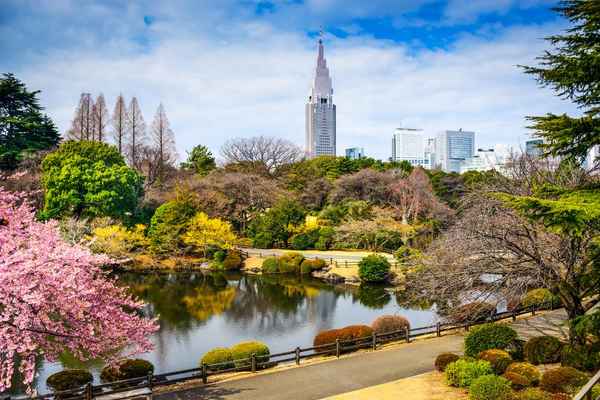
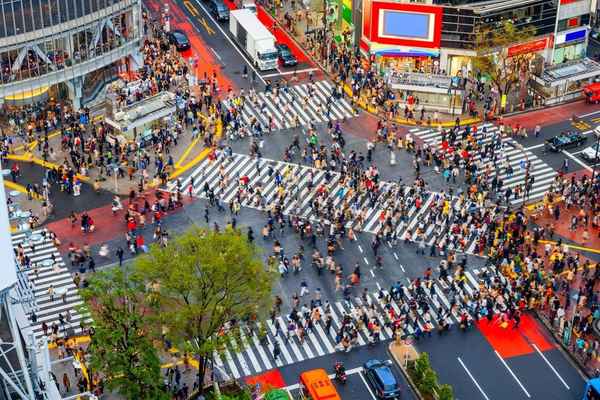
Shibuya
Asia
/
Japan
/
Shibuya
Located in the vibrant heart of Tokyo, Shibuya is a dynamic district that perfectly encapsulates Japan's intriguing juxtaposition of traditional values and progressive modernity. Known for its emblematic scramble crossing, Shibuya witnesses up to 3,000 pedestrians crossing simultaneously, a sight that beautifully epitomizes Tokyo's urban dynamism.
Shibuya experiences the four distinct seasons of Tokyo, garnished with sticky summers and moderate winters. As spring arrives, it brings along the cherished cherry blossoms, while autumn drapes the region's parks with gorgeous red and gold hues. Post sunset, the district transfigures into a technicolor wonderland, lit with neon lights, serving as a delightful spectacle for residents and tourists alike.
What primarily distinguishes Shibuya is its stature as the hotspot of Japanese youth culture. The area fosters budding fashion trends that germinate within Harajuku's backstreets, and the district also witnesses the launch of the latest gadgets in ultra-modern electronic retail outlets. The vicinity of Shibuya Station boasts a pleasant blend of ramen joints, offering steamy bowls of divine tonkotsu ramen, and chic cafes delicately crafting picture-friendly matcha lattes.
The tranquil Meiji Shrine, providing a soothing respite from the city's hustle, is an integral Shibuya highlight, where ancient Shinto rites impeccably coexist with colossal cypress trees. The Shibuya Sky observation deck offers a magnificent panoramic view of Tokyo's expansive skyline, and the whimsical Center Gai street perfectly encapsulates the district's youthful spirit through its assortment of retro stores, karaoke joints, and local food stalls.

Travel Tips for Shibuya
What you need to know before traveling here
Getting Around Shibuya
A guide to Shibuya's local transportation
Shibuya Station, a prolific transport junction, is serviced by multiple train and subway lines. All easily accessible via prepaid IC cards like Pasmo and Suica, sold at any station kiosk. Though the station might be bustling, all exits are well-signposted and directions towards specific train lines are easy to follow. Most directives offer English translations, easing navigation woes for foreign tourists.
Practical Tips for Shibuya
Things to prepare and best way to visit
Both spring (March-May) and autumn (October-November) offer enjoyable climatic conditions, complemented by appealing natural scenery. Tourists are advised to avoid the summer's stickiness and the New Year period when numerous businesses remain shuttered.
Although basic English is common in shops and eateries, expecting fluent conversations isn't the norm. Significant stations and attractions are equipped with English signage, and many dining outlets provide pictorial menus.
For moderate spending, budgeting for ¥10,000-15,000 ($70-100) per day, inclusive of meals, transport, and some shopping, should suffice. Expenses on upscale restaurants and shopping can notably inflate this amount.
While sizeable stores and restaurants do accept cards, carrying cash is advisable for transactions in smaller shops, certain restaurants, and vending machines. 7-Eleven store ATMs are known to reliably accept foreign cards.
While smart casual is generally acceptable, certain upmarket restaurants and nightclubs have strict dress codes prohibiting shorts and sandals. When visiting temples, ensure attire is modest with shoulders and knees appropriately covered.
See All Practical Tips for Shibuya

Explore Shibuya
Create your itinerary with our top picks below

Travel Tips for Shibuya

Explore Shibuya

















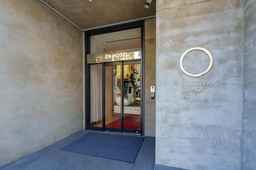









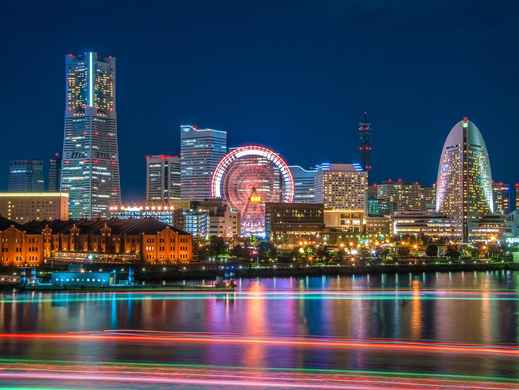
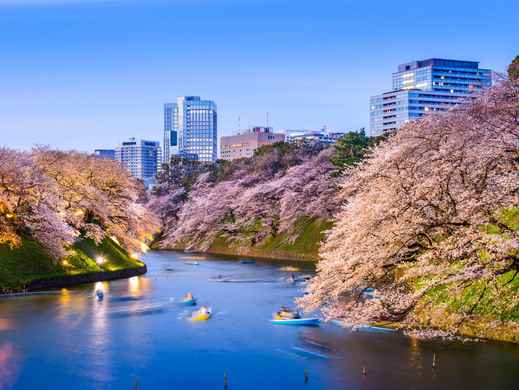

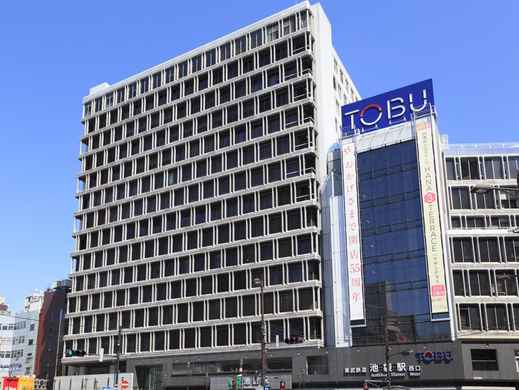






 Facebook
Facebook Instagram
Instagram TikTok
TikTok Youtube
Youtube Telegram
Telegram
